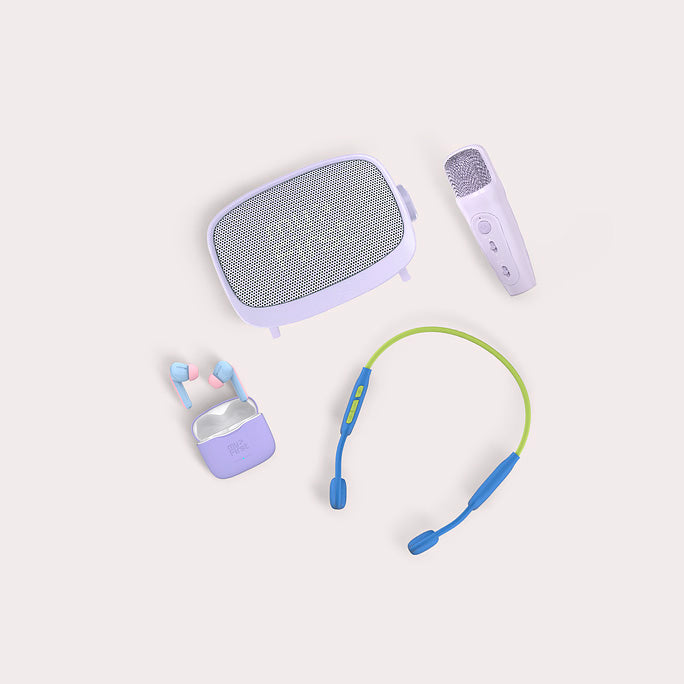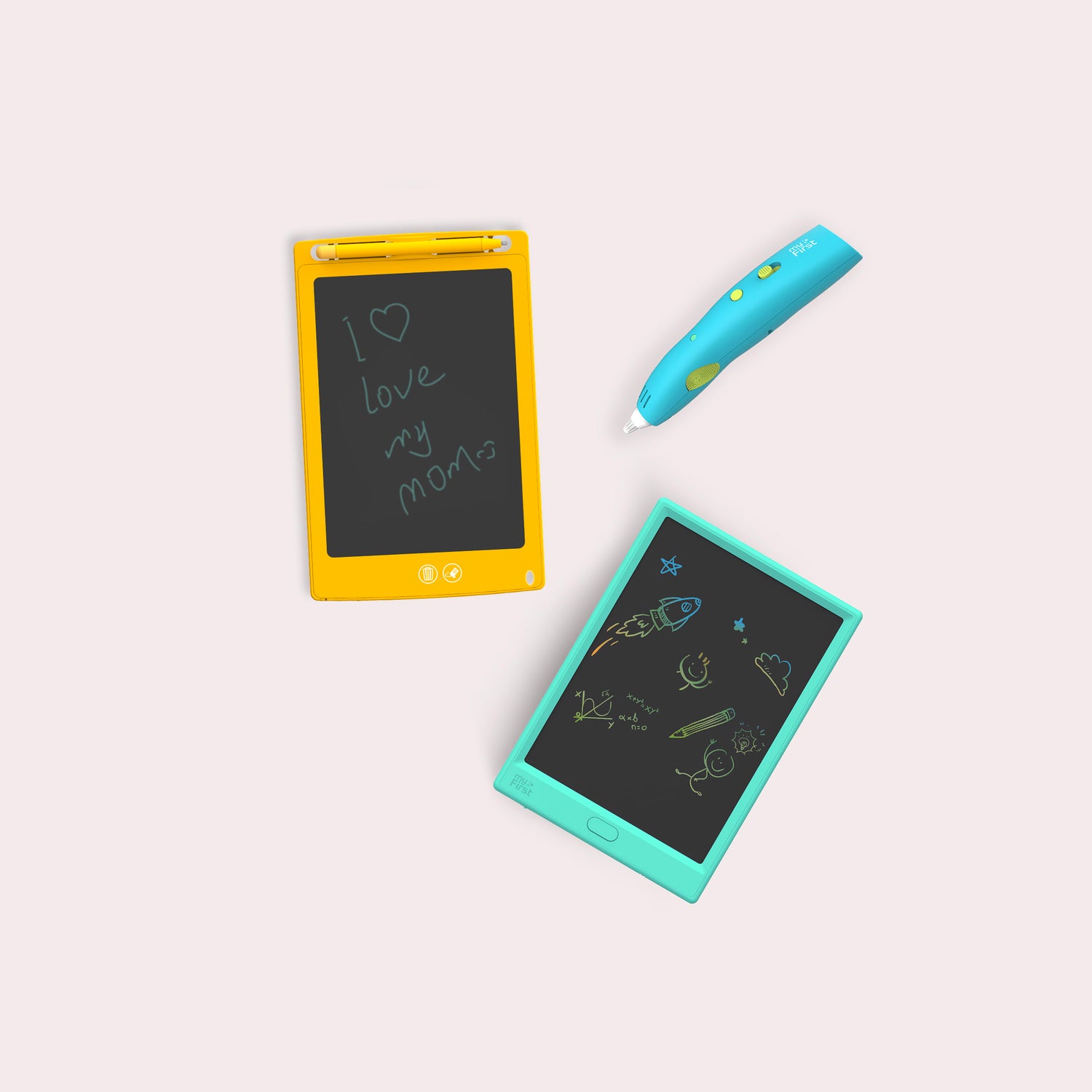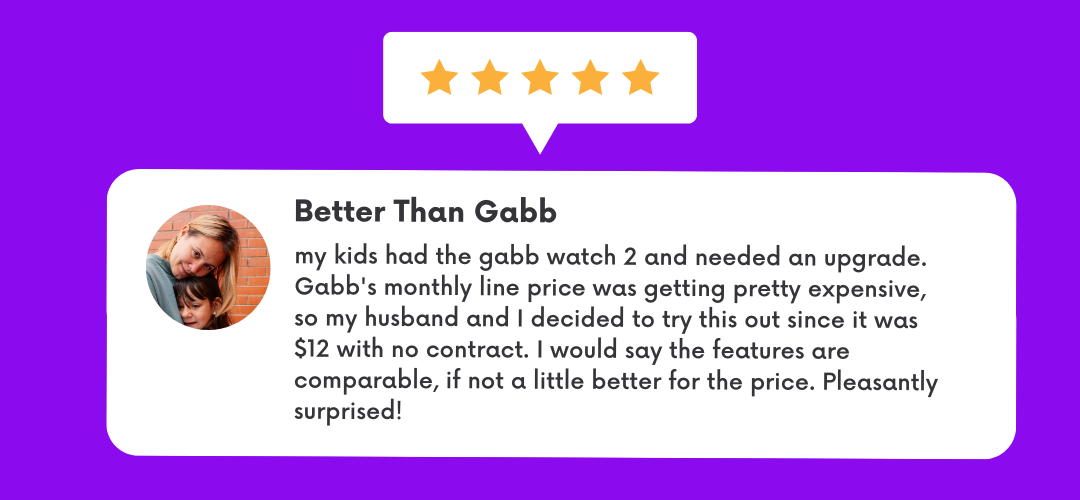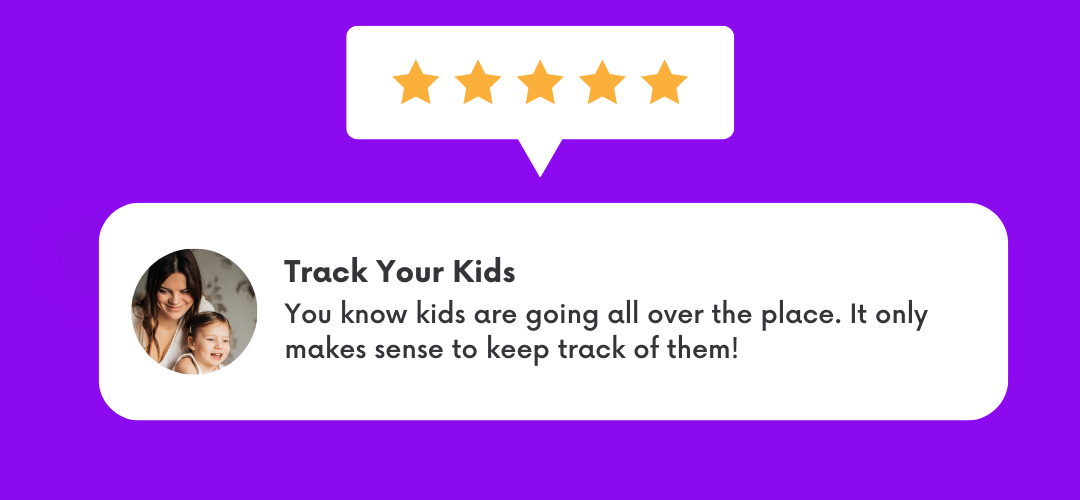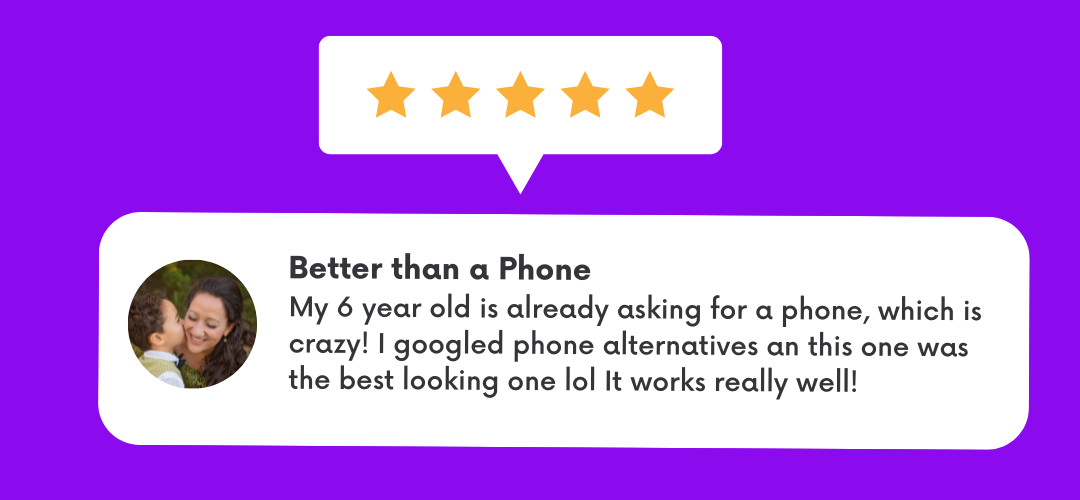The slang term "FML," which stands for "F*** My Life," is commonly used by young people to express feelings of frustration, disappointment, or exasperation over a situation. For instance, they might say, "I left my project at home, FML," to underscore their dismay. This phrase is often seen in casual conversations, texts, and social media posts, capturing how teenagers and young adults vent their immediate reactions to life's annoyances.
The Importance of Understanding Slang
Recognizing this slang can help parents understand the casual and sometimes exaggerated ways young people express their emotions. While such expressions are typically harmless and serve as a way for peers to bond over shared frustrations, it's crucial for parents to talk to their children about using respectful and appropriate language. These discussions can help ensure that their online and offline interactions remain positive and considerate, whether they're using smartphones, tablets, or kids' smartwatches. You can learn more about slang, such as No Cap meaning, here on the myFirst blog.
What Does "FML" Mean?
"FML" is an acronym for "F*** My Life." It is used to convey strong feelings of frustration or disappointment. For example, a teenager might say, "I got a flat tire on the way to school, FML," to highlight their exasperation.
Tips for Discussing Slang with Your Kids
If you need to talk with your child about the meanings of slang and encourage healthy tech habits, here are some conversation starters:
-
Ask About New Slang:
- "What's a new word you and your friends are using lately?"
- This question can help you understand current slang and initiate a conversation about how language changes over time.
-
Share Your Own Slang:
- "When I was your age, we used to say something was ‘the bomb’ if it was really cool. What’s your favorite word for something awesome?"
- Sharing your own experiences with slang can make the conversation more engaging and relatable.
-
Discuss Emoji Meanings:
- "I know emojis can mean different things to kids and parents. Are there any emojis I use that you think have a different meaning?"
- This can help bridge the generational gap in digital communication and keep you updated on their interpretations.
-
Encourage Self-Expression:
- "If you could describe yourself using just one emoji, which one would you choose?"
- This prompts your child to think creatively about their digital identity and how they present themselves online.
Promoting Healthy Digital Communication
These conversation starters can make discussions about slang and digital habits more engaging and informative, fostering healthy communication and tech use within your family. They also help teach your children how to communicate appropriately on smartwatches and smartphones, ensuring a respectful and positive online environment.


